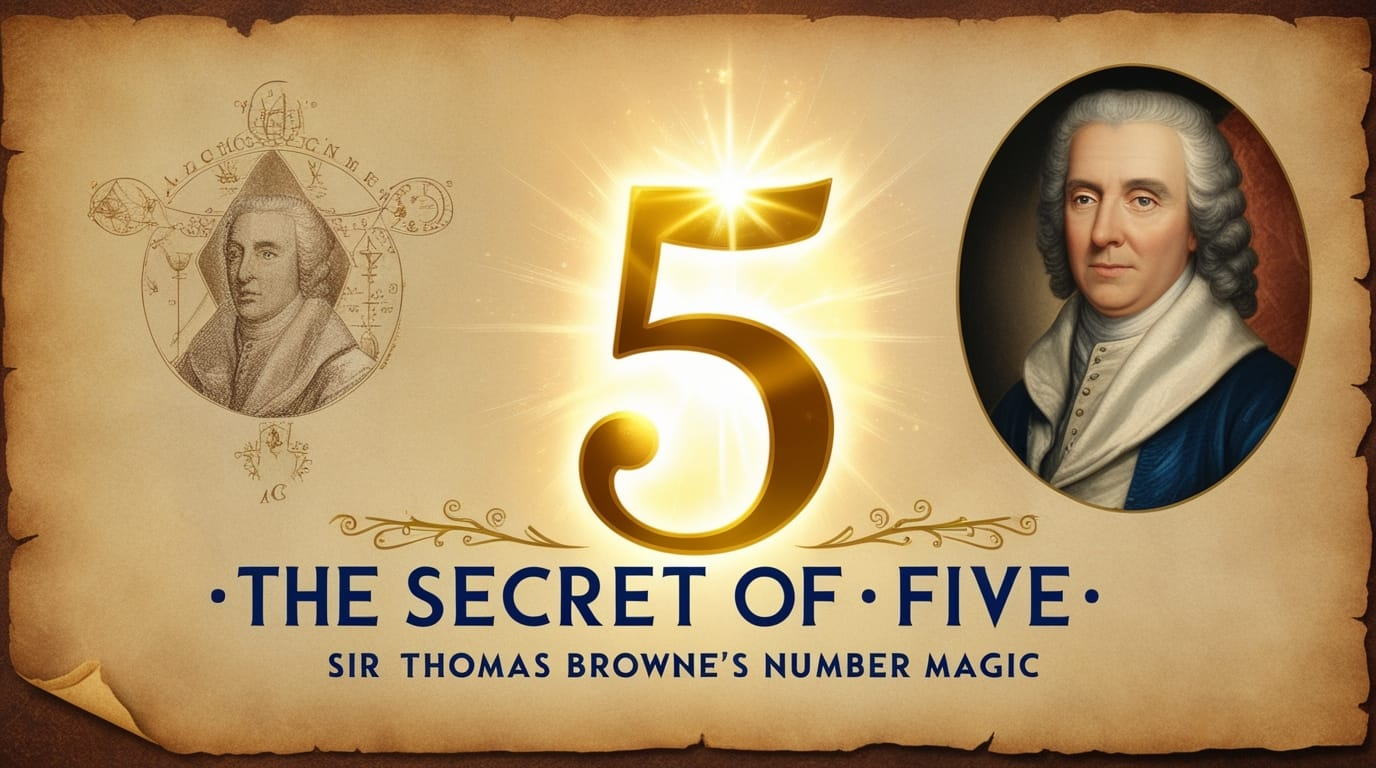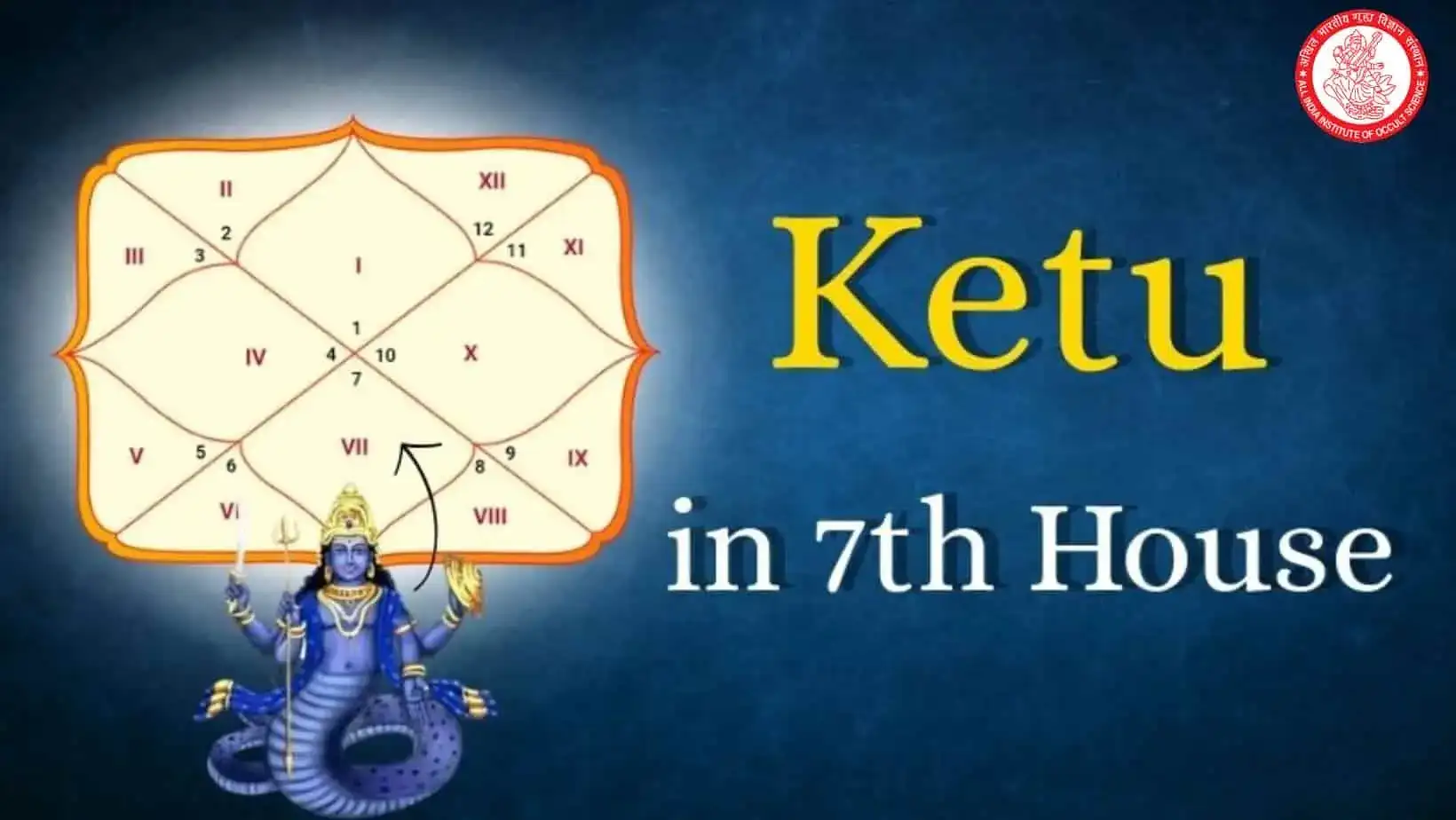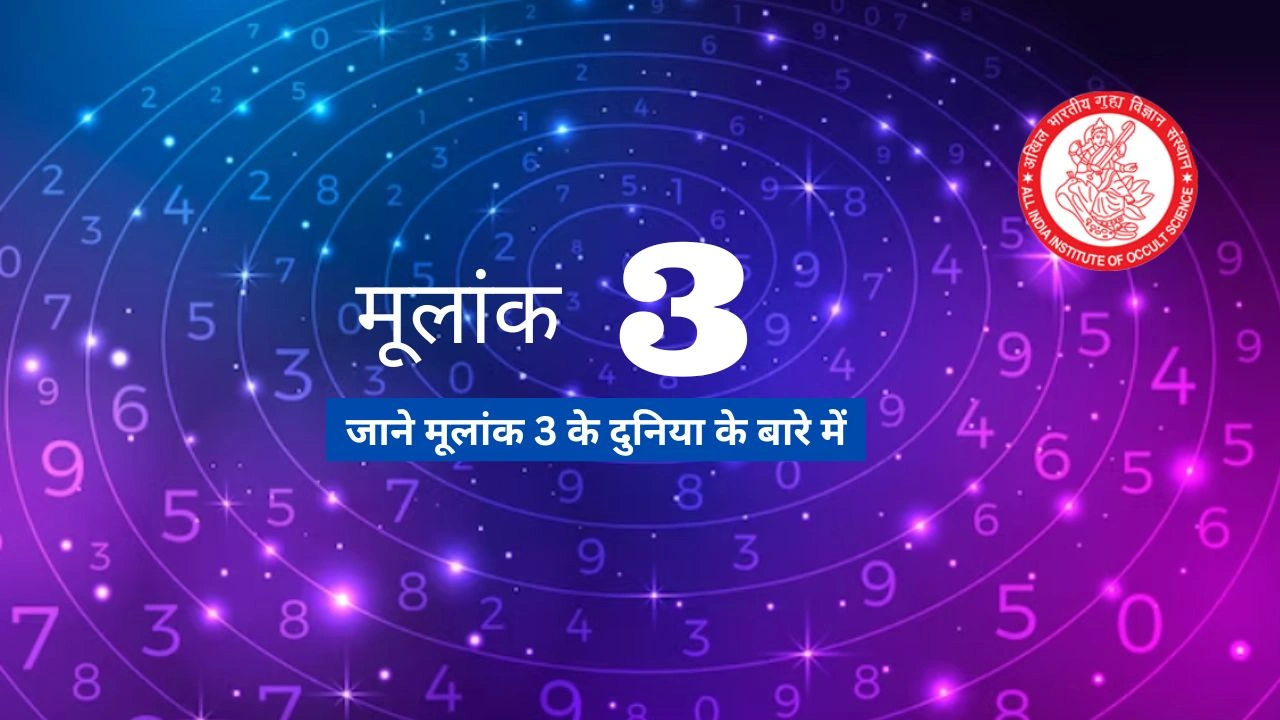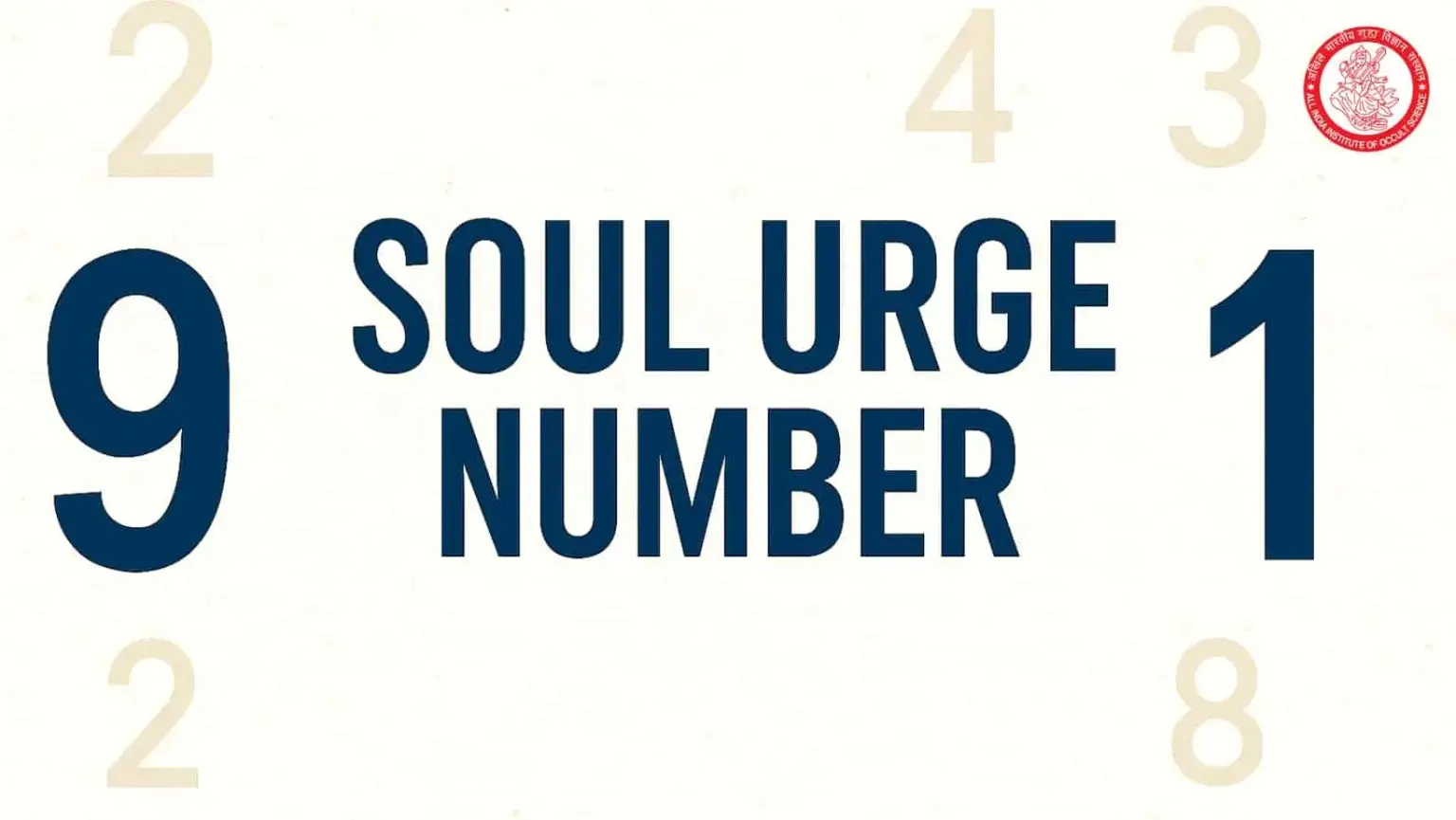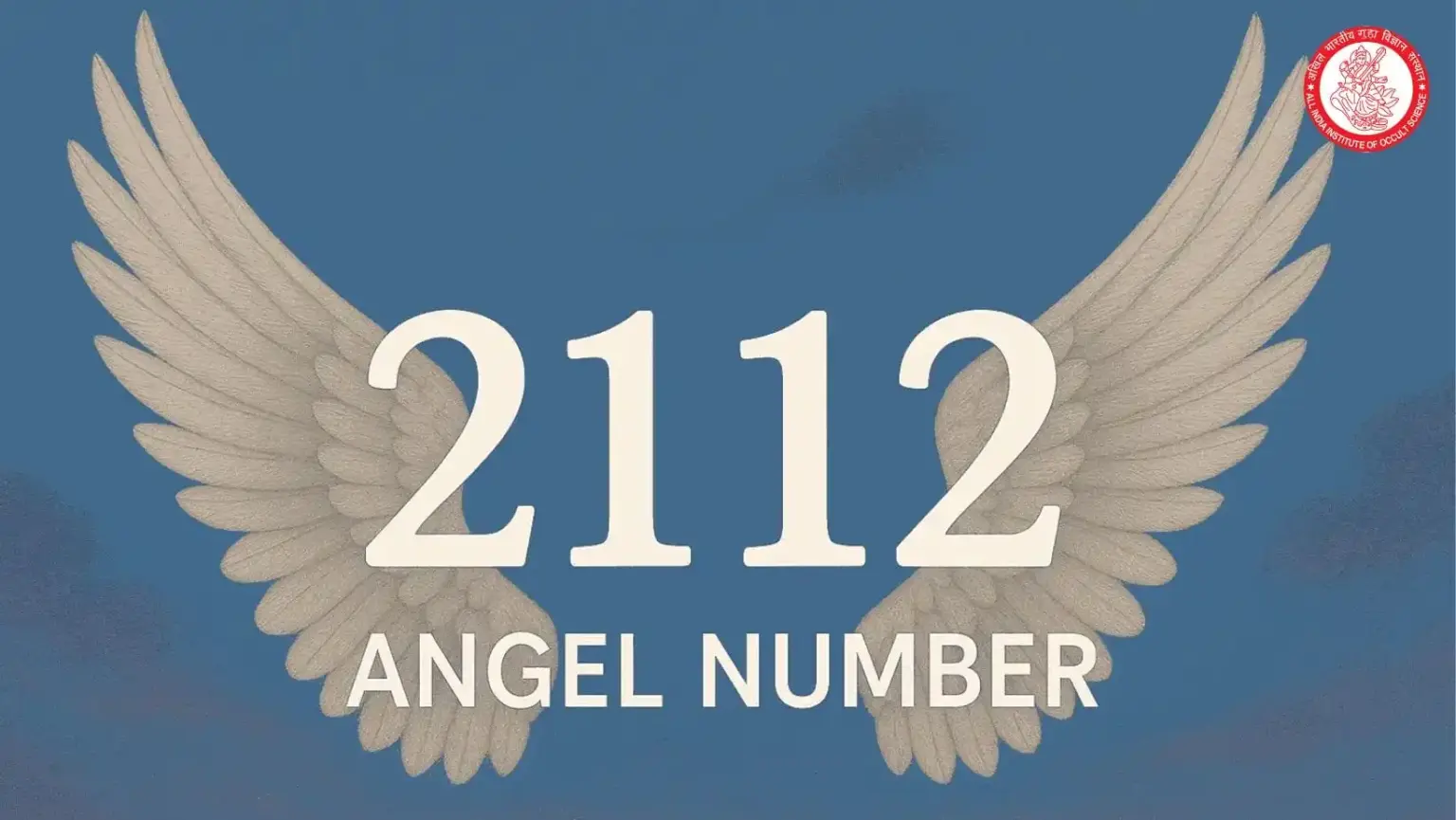Imagine this. A book. A really old book. No dragons. No treasure maps. No magic wands. Just numbers. But don’t yawn yet. Because this book? It’s about a secret hiding in plain sight. A secret for numerology. Inside flowers. Even inside your own hands.
Sir Thomas Browne wrote The Garden of Cyrus in 1658, and no, it’s not a gardening book. Forget roses and daffodils. This book is about something way weirder: the number five. Browne was obsessed with it. Five was everywhere. Five was the universe winking at us, waiting to be understood.
What’s a Quincunx?
Picture this. A die. The side with five dots. Four dots in a square. One dot smack in the middle. That shape? That’s a quincunx. And according to Browne, nature is full of them.
Look at trees. The way their leaves grow. The way flowers bloom. Even the way ancient people built their temples. Quincunx, quincunx, quincunx. This pattern was like nature’s signature. Like a hidden code, waiting to be cracked.
Why the Number Five?
Why not three? Or seven? Or a million? Because five is everywhere, that’s why. Hold up your hand. Five fingers. Look down at your feet. Five toes. Open an apple. The seeds form a five-pointed star. You think that’s random? Browne didn’t. He thought five was magic. The kind of magic that doesn’t need spells or potions. The kind that’s stitched into reality itself.
Flowers? Most have five petals. The human body? Five senses. Even ancient temples? Designed with the number five in mind. Browne wasn’t just some old guy making stuff up. He saw patterns. He saw order in the chaos.
Also Read: Vastu Shastra for Factory
The Quincunx in Art and Nature
Browne didn’t stop with trees and apples. He saw the quincunx in art, in gardens, in history. The Hanging Gardens of Babylon? Supposedly designed in quincunx. Famous paintings? Same pattern. Everywhere he looked, there it was, five dots, whispering a secret about how the universe really worked.
So, next time you see a flower, an apple, a temple, take a second look. Count. Five might just be the universe winking at you.
Is Browne Right?
Here’s the big question. The only question.
Was Browne onto something? Was five the universe’s secret code? Or was he just seeing what he wanted to see?
Look around. Yeah, sure. You’ve got five fingers. Five toes. Flowers, apples, stars—five keeps showing up. But is it everywhere? Not really. This is called confirmation bias. It’s when you notice stuff that fits your idea and ignore everything else. Like when you hear a new word and suddenly it’s everywhere. But was it really, or were you just paying attention now?
Still. Browne’s obsession? It makes you wonder. What if the world does run on hidden rules? What if nature has a blueprint, and five is part of the design? Or… maybe our brains just love patterns, even when they aren’t real.
Why Does This Matter Today?
You live in a world of patterns. The swirl of a seashell. The veins on a leaf. The way galaxies spin. Even your DNA. Patterns, everywhere. We use them to predict the weather. To crack codes. To design video games.
Browne’s book is old. Dusty-old. But the idea? Still fresh. Because we’re still searching for meaning. Still trying to connect the dots. Take fractals in snowflakes. The Fibonacci sequence in sunflowers. These aren’t just random. They’re rules. Nature’s math.
Also Read: Angel Number 505
But here’s the twist. Not everything is a pattern. Some things just… happen. Some dots don’t connect. Some stars don’t align. It’s fun to look for secret messages in the universe. Just don’t believe every pattern you see.
The Legacy of The Garden of Cyrus
Sir Thomas Browne might have been wrong. Or maybe he was onto something we still don’t understand. Either way, his book forces you to stop. Look closer. Ask questions.
Why does five show up so much? Is the universe planned? Or just chaos wearing a clever disguise? Next time you spot a five-petaled flower, count your fingers, roll a dice—think of Browne. Think of the quincunx. Maybe it’s magic. Maybe it’s nothing.
Either way, the world is full of mysteries. And it’s your job to notice them.

